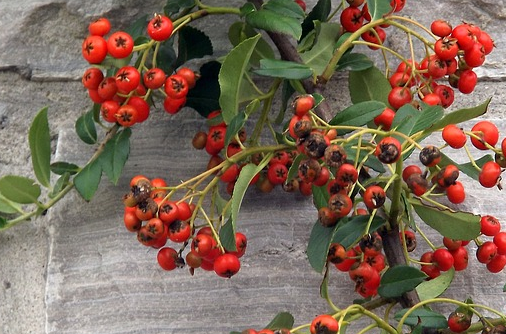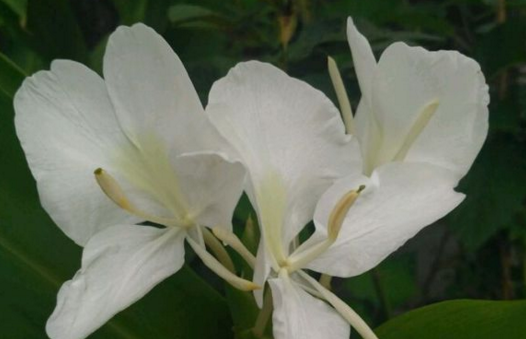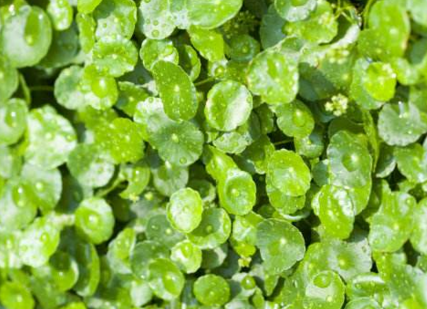How much is the seed price of Hippophae rhamnoides per jin? When will the seeds be sown? How to plant it?
Hippophae rhamnoides, is a deciduous shrub, its tree can be used for desert greening, fruit vitamin C content is high, then, rose seabuckthorn seed price how much money a catty? When to sow? How to grow?

How much is the seed price of Rosebud Seabuckthorn?
The price of seabuckthorn seeds is about 50~80 yuan a catty, but the price varies greatly due to the quality, origin, market and purchase quantity of seeds. Hippophae rhamnoides L. is a precious economic forest species with the most natural vitamins in the world. Besides fresh food, Hippophae rhamnoides L. can also be processed into fruit juice, fruit wine, jam, preserved fruit, jelly, beverage, health care products, etc. Because of its drought resistance, sandstorm resistance and ability to survive on saline-alkali soil, it is widely used for soil and water conservation.
2. When will the seabuckthorn be planted?
Hippophae rhamnoides can be sown in spring, summer and autumn, but it is appropriate in spring. In spring, the temperature of 5 cm deep soil layer reaches 9~10℃, and it can germinate. Autumn sowing is generally late, but it does not need germination. Only dry seeds are sown.
3. How to plant seabuckthorn?
1. Soil selection: Hippophae rhamnoides is not strict with soil requirements. It is planted on corn soil, gray calcium soil, brown calcium soil, meadow soil and black protective soil. It can also grow in gravel soil, mild saline-alkali soil and even arsenic sandstone and half-stone half-land area, but it does not like too sticky soil.
2, planting density: Hippophae rhamnoides planted about 220 plants per mu, plant spacing 1.5×2 meters, dioecious plants, pay attention to the reasonable proportion of male and female when planting, the size of the tree hole depends on the size of the sapling, generally 35 cm in diameter, 35 cm deep.
3. Tree pruning: Hippophae rhamnoides trees should be cleaned and cut off in time, and at the same time, strong fruit stems should be sprayed in bud stage, young fruit stage and fruit expansion stage, so as to thicken fruit stems, prevent flower drop, improve pollination ability, improve fruit setting rate and speed up expansion speed.
4. Promoting flower differentiation: The size and age of Hippophae rhamnoides tree body makes the tree body bear imbalance, which not only affects the balanced income, but also affects the health of orchard tree body. It is necessary to brush the flower bud differentiation period of each year to promote flower bud differentiation and improve the flowering and fruit setting rate.
5. Disease control: Hippophae rhamnoides dry shrinkage disease is a destructive disease. When planting, disease-resistant varieties should be selected. Meanwhile, field management should be strengthened. In late April, holes should be opened to irrigate 500 times solution of 40% carbendazim or 800 times solution of thiophanate-methyl.
6. Pest control: Hippophae rhamnoides can be sprayed with 25% Mimekill 2500 times solution or 20% Smethadin 3000 times solution during the occurrence period of spring geometrid and apple leaf roller pests, and 10% imidacloprid 2500~3000 times solution can be sprayed to control Hippophae rhamnoides aphids.
7, timely harvest: Hippophae rhamnoides fruit maturity to the unique color and fruit size as a sign and determine the harvest time, but because there are many thorns, small fruit, thin skin easy to break, fruit stalk short can not naturally fall off, so to harvest a lot of difficulties.
Time: 2019-03-22 Click:
- Prev

When do ginger flowers usually blossom? Is it poisonous? Can you breed it indoors?
Ginger flower, also known as wild ginger flower, is a freshwater herb of the genus Zingiberaceae, with white flowers and potted plants for viewing, so when do ginger flowers usually bloom? Is it poisonous? Can you breed it indoors? When do ginger flowers usually blossom? If it is planted in February or March of that year, it will blossom in July or August.
- Next

How much is the price of money grass per jin? How do you plant seeds? Can you treat gynecological diseases and gallstones?
Primrose, also known as passing yellow, mirror grass, for Primulaceae plants, tubular flowers, Primulaceae perennial creeping small herbs, the whole grass for medicinal purposes, then, how much is the price per jin? How do you plant seeds? Can you treat gynecological diseases and gallstones? How much is the price of money grass per jin?
Related
- Fuxing push coffee new agricultural production and marketing class: lack of small-scale processing plants
- Jujube rice field leisure farm deep ploughing Yilan for five years to create a space for organic food and play
- Nongyu Farm-A trial of organic papaya for brave women with advanced technology
- Four points for attention in the prevention and control of diseases and insect pests of edible fungi
- How to add nutrient solution to Edible Fungi
- Is there any good way to control edible fungus mites?
- Open Inoculation Technology of Edible Fungi
- Is there any clever way to use fertilizer for edible fungus in winter?
- What agents are used to kill the pathogens of edible fungi in the mushroom shed?
- Rapid drying of Edible Fungi

